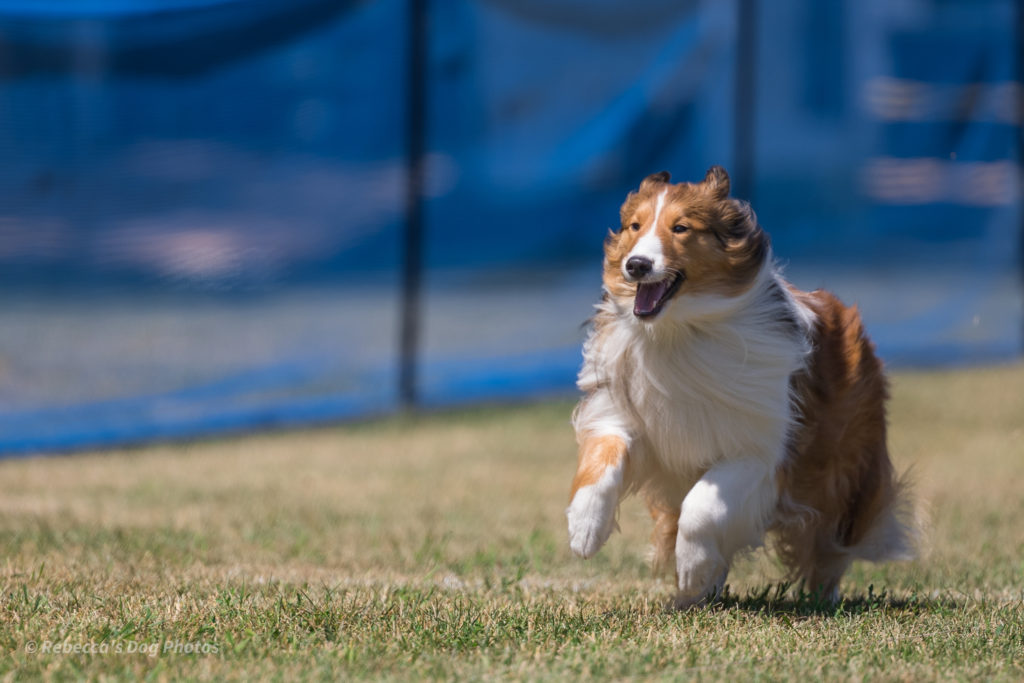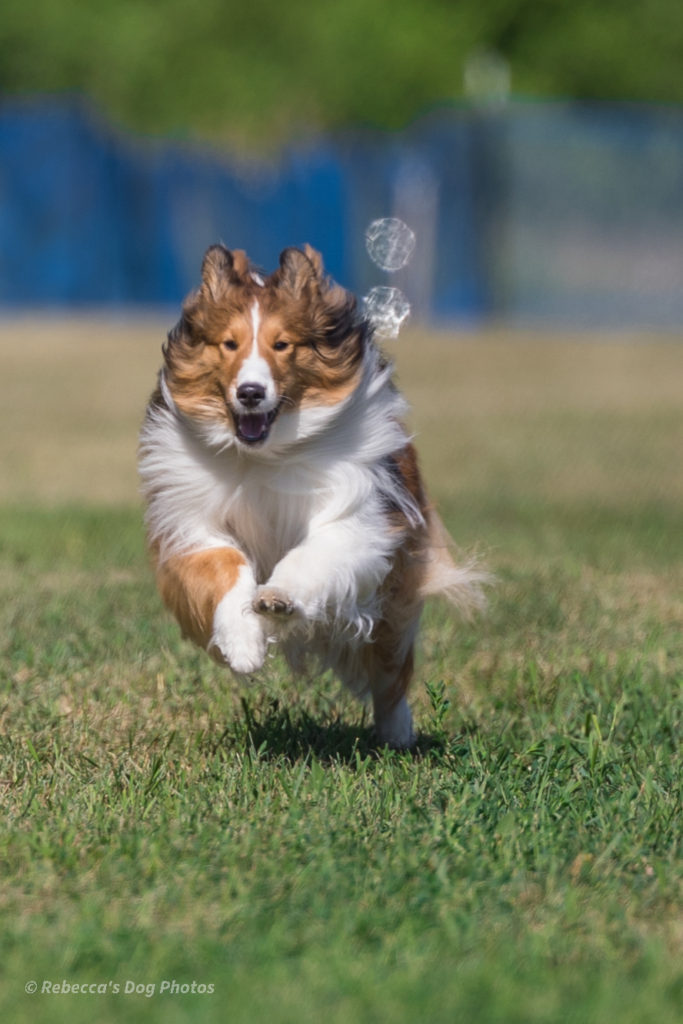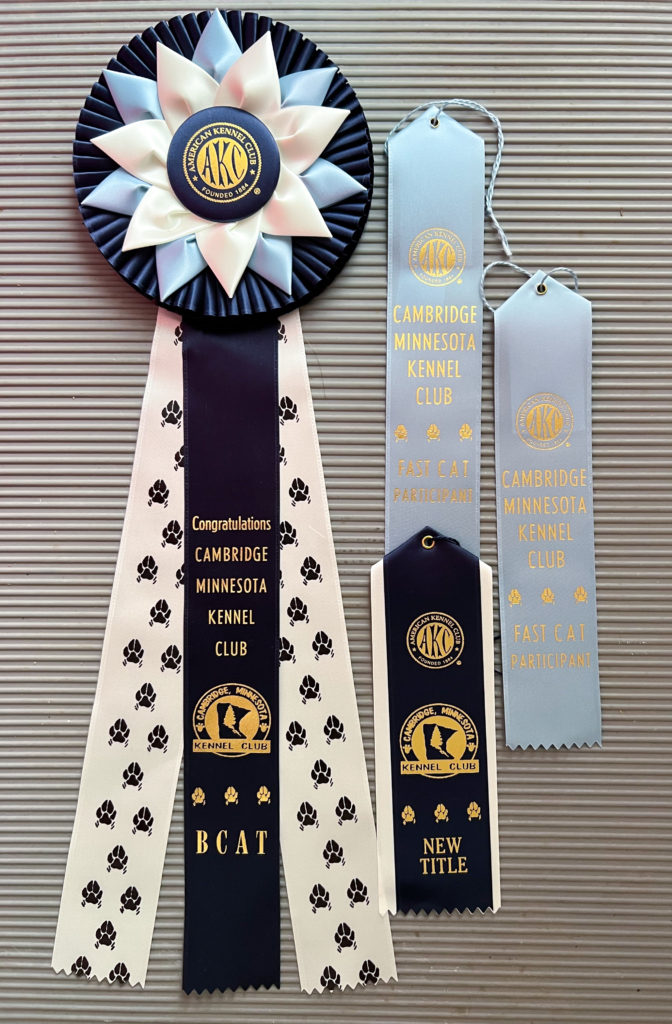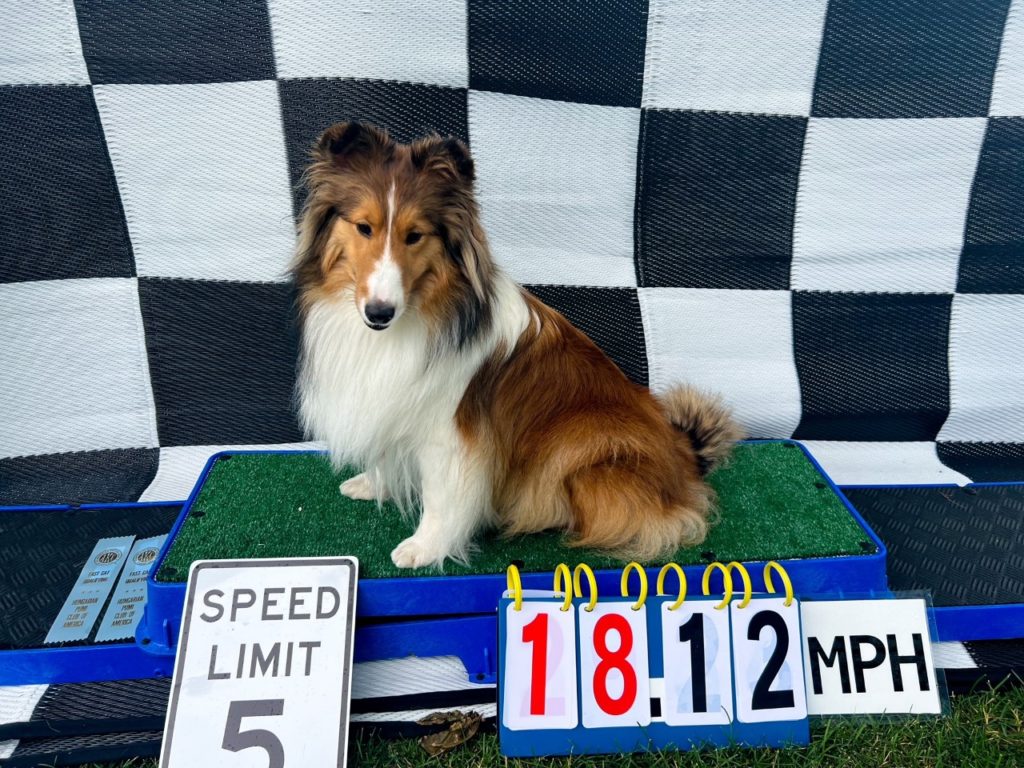So you want to try the fast-growing sport of AKC Fast CAT but you don’t know where to start? Here are some things you can do at home to help you and your dog be prepared for your first test.
Bag On a String
Many dogs have a natural chase ability. However, in a new environment with you 100 yards away, some dogs may be a little unsure of what is going on. Also, dogs with a lot of obedience training may not understand that they are allowed to chase the lure. To help provide clarity, it may be useful to introduce your dog to a bag on a report before you get to your first test.
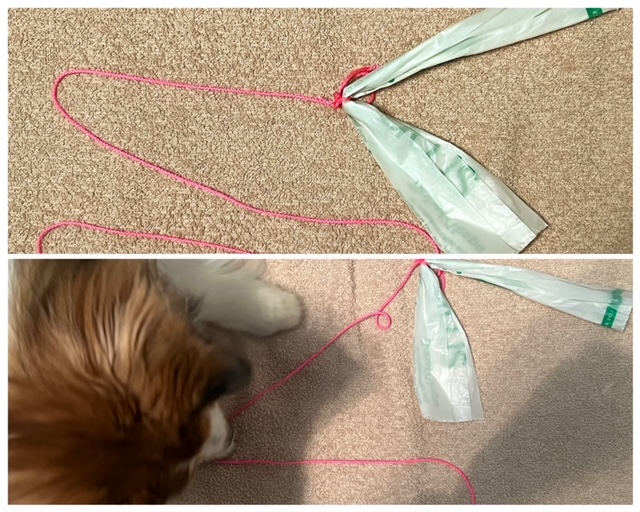
For this all you need is some kind of rope or string and a bag (poop bag, grocery bag, etc.) Tie the end of the rope to the middle of the bag and then drag and wiggle it on the floor in front of your dog. Once they are curious about the bag you can start moving forward, dragging the rope behind you. When the dog follows you can run in the opposite direction. This engages the natural chase instinct. For dogs who are trained to “leave” things you can add a permission cue like “get it” so they know it is okay for them to chase it.
Please note, for safety do not let your dog catch and start ripping or eating the bag! You don’t want them to chock or eat so much it causes a blockage. If this is a concern, I would work on training a good “trade” command first. Otherwise, you can also get a flirt pole with a toy on it to work on bringing out your dog’s natural chase instinct without having to worry about the dog consuming the bag. If you would like to learn more about flirt poles you can click here.
Which Leashes and Collars to Use
Another important consideration is how you will have your dog released. Is your dog comfortable being restrained by their collar? Do they get nervous with having people bending over them? There are several options that you can utilize for the release of your dog. Let’s take a look at a few of them.
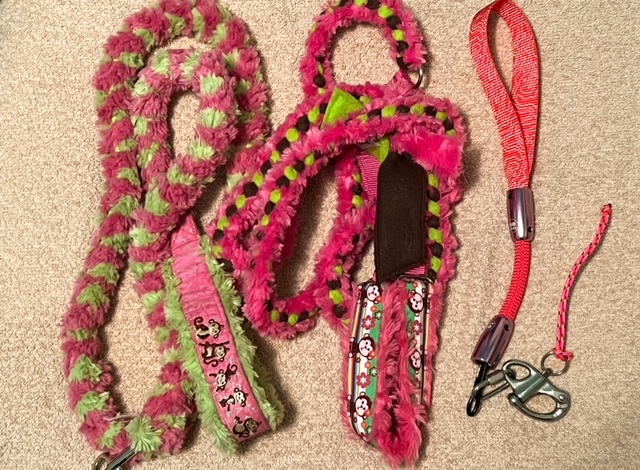
A flat buckle collar and a snap lead is what many teams start with and works well for dogs who are comfortable with people restraining them by the collar. Bindi ran her first tests like this. Martingale collar/leash combos with a quick/snap release are also popular. Our last weekend out, we tried out a Speed Release I got that was specifically made for Fast CAT tests. This is a short leash that has a special quick release clip with a rope on the end. It creates a nice smooth transition and is great for dogs who get nervous with people in their space. It worked great and, while Bindi did not mind being restrained with a collar grab, I would definitely use this option again if Bindi was being released by someone she was not very familiar with. I will put links at the end of this post with where I purchased these for those who are interested.
Something I haven’t tried yet but is popular is the collar/leash combo specifically designed for Lure Coursing and Fast CAT tests. With these the leash part is strung through the D-rings of the collar and when it’s time to release the dog, one end of the leash is dropped so the collar quickly slips off. I have several friends that use these and like them. Since I don’t have one myself, I don’t have a specific seller to reference but there are several highly rated sellers on Etsy that are worth checking out.
Don’t forget you will need a second leash with you to catch your dog at the finish line!
Tally Ho
When it’s time for the dog to be released, a worker at the start line will call out “Tally Ho.” It’s good to condition your dog to this before-hand so they are not as nervous about someone calling out by them. You can easily practice this a few times with a friend or classmate but what if you live alone and don’t attend classes regularly? That’s when a cell phone comes in handy! You can record yourself, or someone you know, calling out “Tally Ho” and then play it back to practice at home. This is especially helpful for sensitive dogs as you can start with the volume lower and increase it over time. You can even use various free online tools to change your voice so it doesn’t sound like yours!
Better yet you can combine this with your bag on a string/flirt pole practice so your dog starts to understand that “Tally Ho” means it’s time to chase the bag!
The Flag
When your dog is released, the worker who calls out “Tally Ho” will also wave a flag to indicate the start. I honestly did not give this much thought beforehand but, on Bindi’s first run, this caught her off guard and she looked back for a few strides when she took off to see what this strange lady and flag were all about. I watched several friends that were running new dogs have a similar experience. Bindi has a very solid temperament and was more curious than anything, but I did see some more sensitive dogs startle with this.
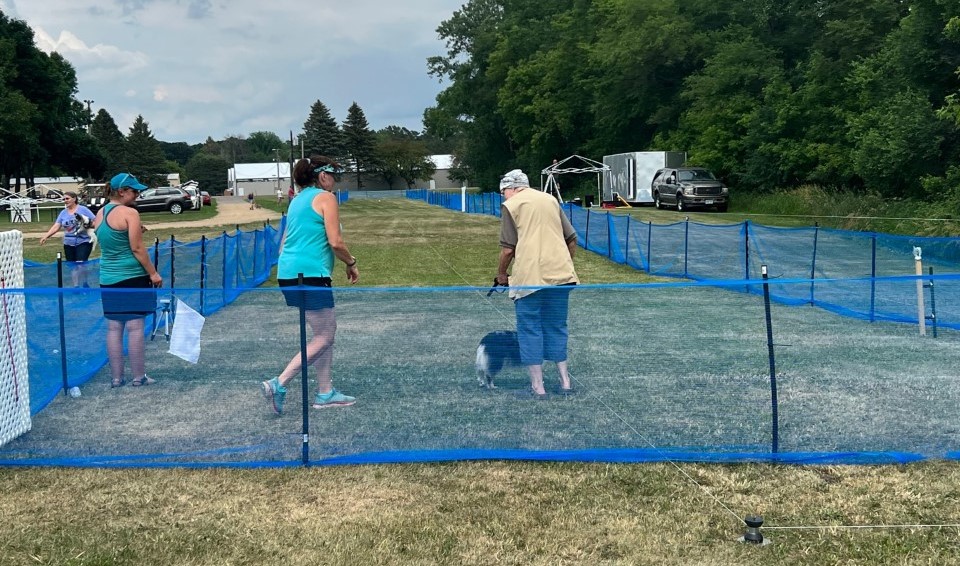
Don’t have a flag at home, no problem. You can often pick up flags, or things to build a makeshift flag, at your local dollar store.
Many people attend their first test having done no prep work at all and rely on the dog’s natural chase instinct or ability to recall and do just fine! I like to plan ahead though and hopefully, if you are like me, you will find this information useful.
Heading to your first test? Click here to check out our post on heading to your first Fast CAT event!
Links to the Leads Mentioned Above
Bindi’s Snap Leash – Hug A Bug Productions
Bindi’s Martingale/Leash – Rush to Tug
Bindi’s Speed Release – The Speed Release
